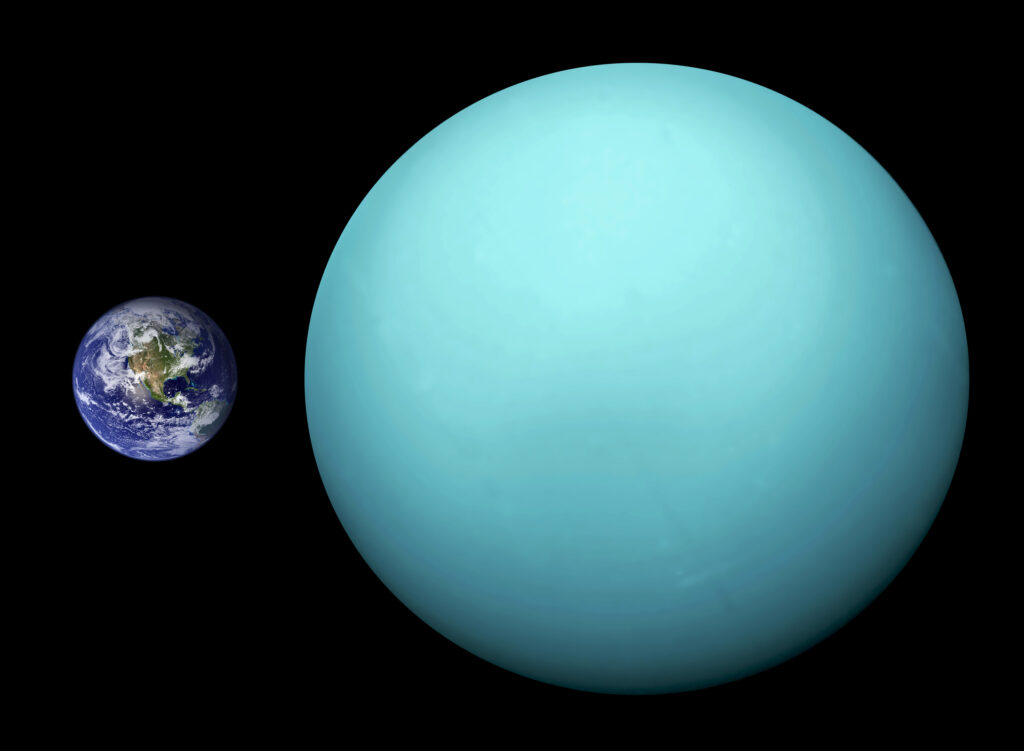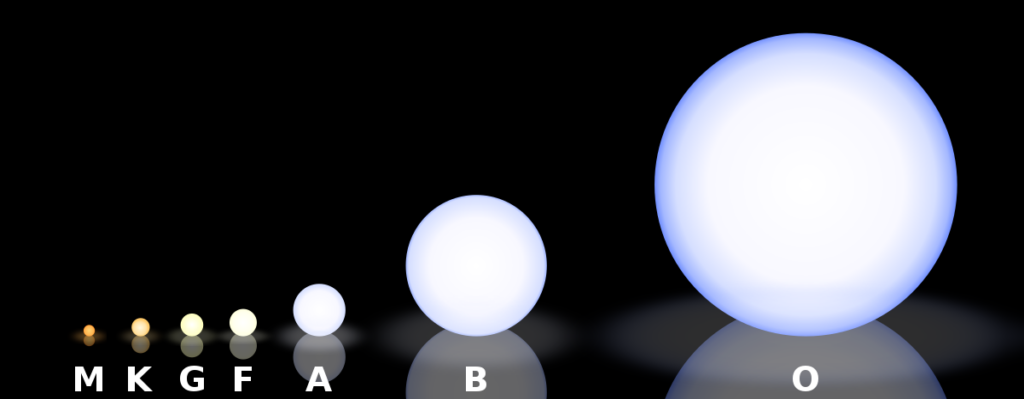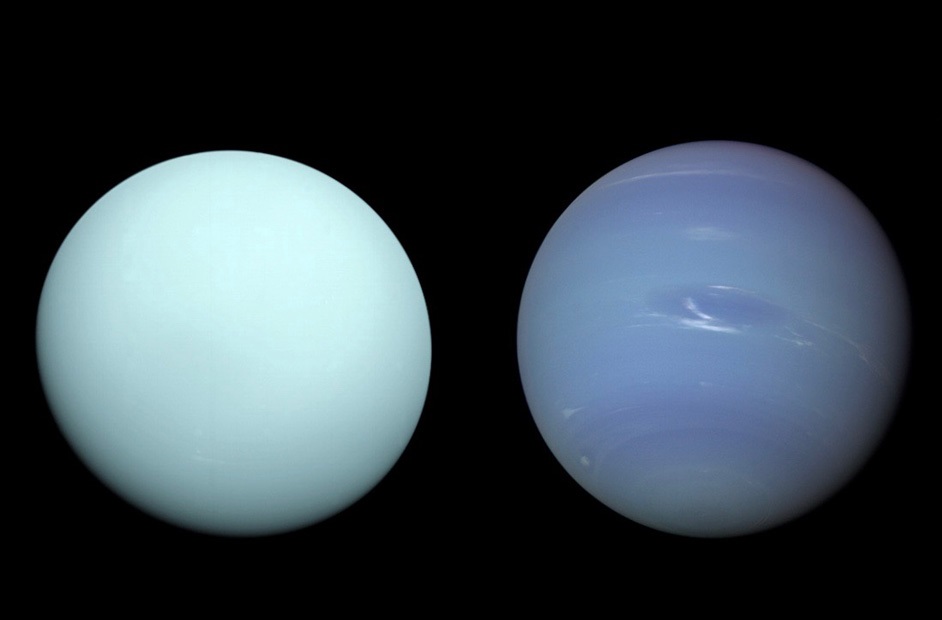Orthodox believers celebrate Pentecost this Sunday. In Ukraine this holiday is also called Green Day. So today we would like to present you a story about the greenest planet in the solar system — Uranus. Why does it have such a color?

Green on earth and in space
The Christian holiday of Pentecost has several alternative names. For believers, this is primarily the Day of the Descent of the Holy Spirit. In Eastern Europe it is called Trinity. It is also called Pentecost because it is celebrated on the 50th day after Easter (Πεντηκοστή means “fiftieth” in Greek ). However, for the Ukrainian people it is primarily Green Holidays.
In this name, Christian beliefs are fused with ancient pagan traditions, which often concentrate around the ritual decoration of the house with plant branches. On Earth, green is associated primarily with vegetation. And it is this color that gives away presence of life on our planet, even while looking from orbit.
The fact is that this color is extremely rare in the universe. The radiation spectrum of a heated body goes from red through orange, yellow to white and blue. That is why there are no green stars.

Green could have been considered a reliable marker of life lest we had Uranus in our solar system —the planet where this color is even more common than on Earth. At the same time, not a single tree grows on Uranus.
Uranus and Neptune
To be precise, Uranus and Neptune both exhibit a range of colors from deep blue to pale green, depending on lighting and observation conditions. The reason for this can be understood by looking at their structure.
The atmospheres of these planets contain mostly hydrocarbons, the main of which is methane. It absorbs all wavelengths from red to yellow. And the rest of waves are reflected — and it is this mixture of green and blue waves that we perceive as the color of the planet.

Beneath the atmosphere of the ice giants there are layers of frozen methane, ammonia and water, which disperse even green light, and as a result the depths of both planets have a bright blue color.
Why Uranus is green and Neptune is not
The difference between the two ice giants lies in outer layers of their atmospheres. Uranus has much more hydrocarbons which are heavier than methane — mainly ethane and acetylene. These substances form tiny crystals of gray ice crystals that hang in the atmosphere.
Fog is formed, which lets through waves of different lengths with different efficiency. And it is the deep blue color of the depths that are hiden most effectively. And since the atmosphere of Uranus is the calmest among the gas giants, this fog is not being torn into separate bands of clouds so it covers the entire planet more or less evenly.

Neptune also has such a layer of fog. But it is much thinner and cannot obscure from us neither the blue depths of the planet nor the contrasting bands of clouds below it. The fact that the source of green Uranium is not vegetation can be seen even in its tint, which is not saturated, unlike terrestrial forests, but closer to blue.

